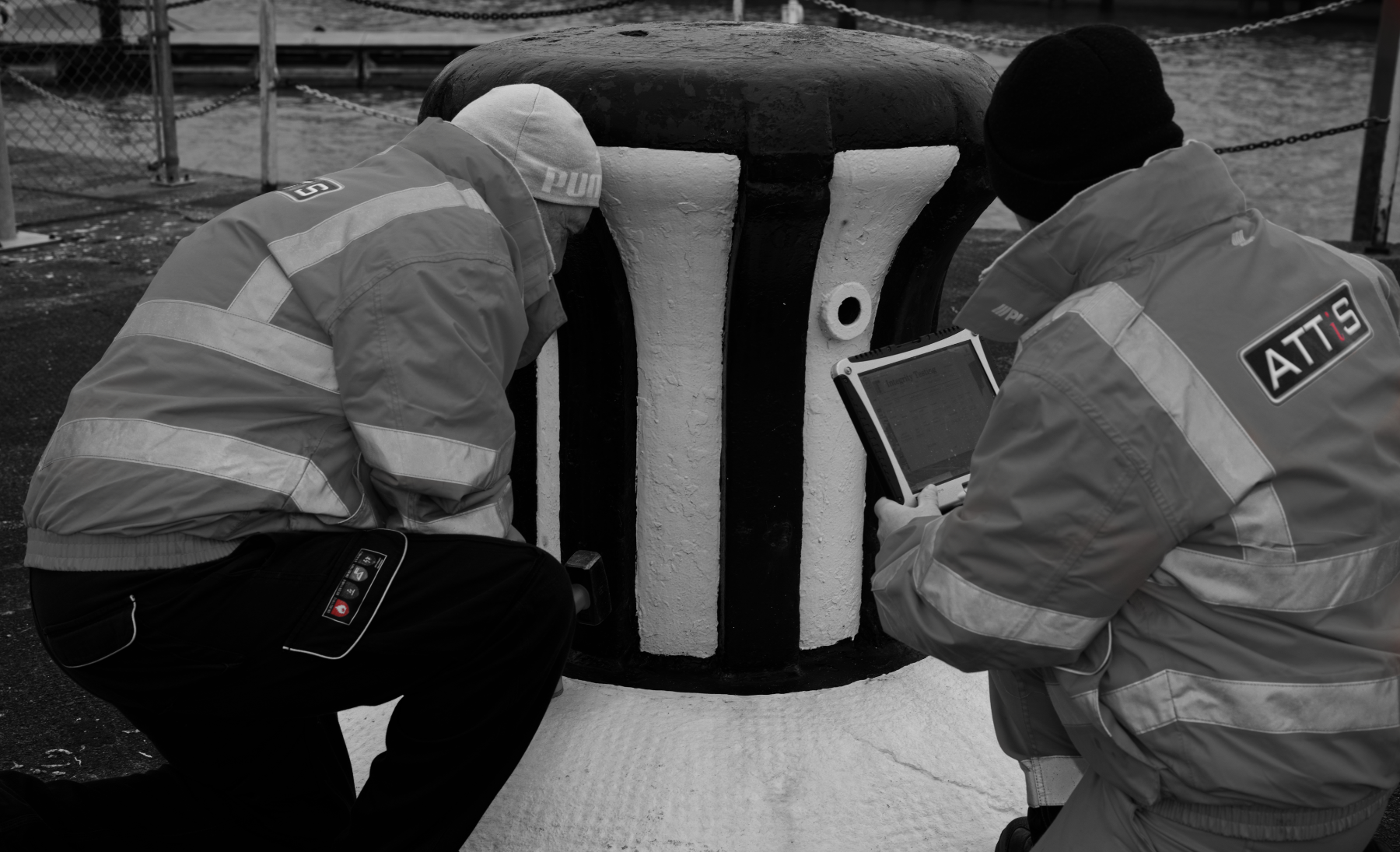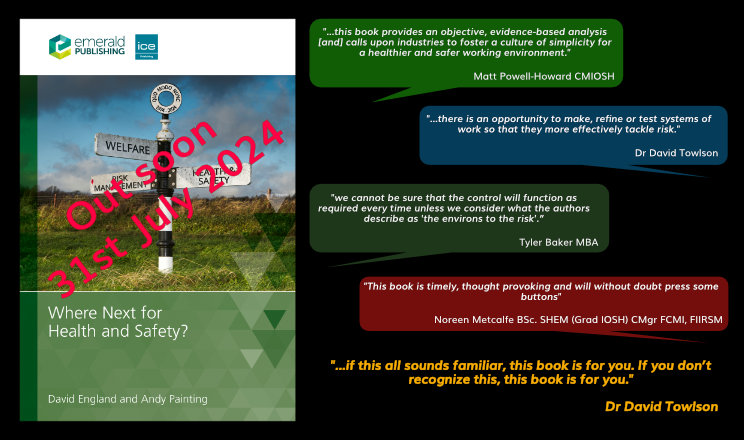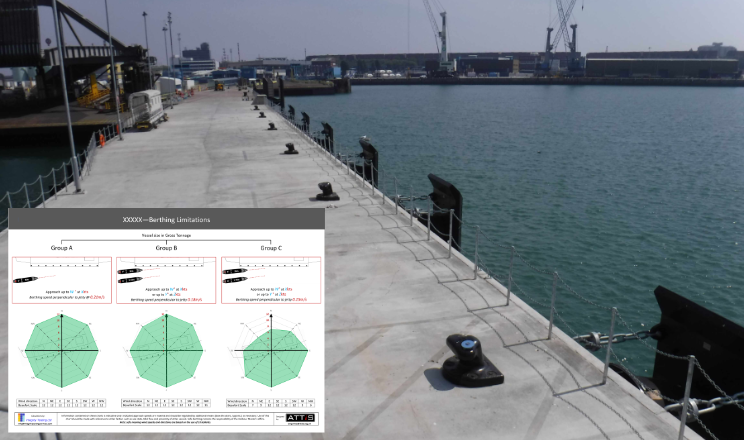Health and safety? It’s just common sense, isn’t it?
David England

Innate sense of self-preservation
Nobody sets out each day at work to hurt anyone. We have an innate sense of self-preservation that prevents us from exposing ourselves to unnecessary harm, as well as a natural instinct to help and protect others. So surely health and safety really is just common sense? Unfortunately, accident investigations show that time and time again a complete absence of common sense has been the root cause in situations where people have been injured whilst at work.
Let’s take a common example we have probably all done at some stage in our lives – changing a lightbulb whilst standing on a chair. Common sense should tell us that chairs are not meant to be stood on. It should tell us that we could easily loose our footing, that the chair could topple or collapse, and that we could be hurt falling from it. But we’ve all done it, so why? Well, the reason is our perception of risk. We may have done this task before and not come to any harm. We may feel confident in performing the task and we tell ourselves that we are only exposing ourselves to a small amount of risk for a short period of time. But how long does falling off a chair and breaking your ankle take? One second, maybe two?
All of life is a risk. You could be lying in your bed, all cosy and warm and safe, and a piece of satellite comes crashing in through your roof. That may seem extreme, but it has happened – fortunately so infrequently that we don’t really think about it. Our perception is that the risk is very small. And so is our perception of risks that we face every day, even at work. If you have performed a task a thousand times at work and never had so much as a bruise, you will probably continue doing the task that way forever more. But if the one time it goes wrong causes you to have a catastrophic accident someone might ask “where was your common sense?”
Health and safety professionals do use quite a lot of common sense, but equally importantly they are trained to see a bigger picture of the work practices that they examine. They learn to see beyond the obvious and ask questions like ‘what happens if this component fails?’ or ‘how do people escape from a fire if they are performing this particular task?’ Knowing what the law requires is only half the story – being able to apply it logically, sensibly and pragmatically is important too, because just telling people to do something a particular way just because the law says so often has a limited effect. Just look at how many people still drink and drive for example.
And after an employer has become compliant with the law, the real work of improving from there begins. Achieving best practice is what every employer should be striving for – best practice for their own industry, or profession, or undertaking. This can be quite a complex task if it is to be done properly, affordably and achievably. It often takes someone who is trained and experienced to create the environment in which best practice can flourish. It’s certainly likely to take more than just common sense.





